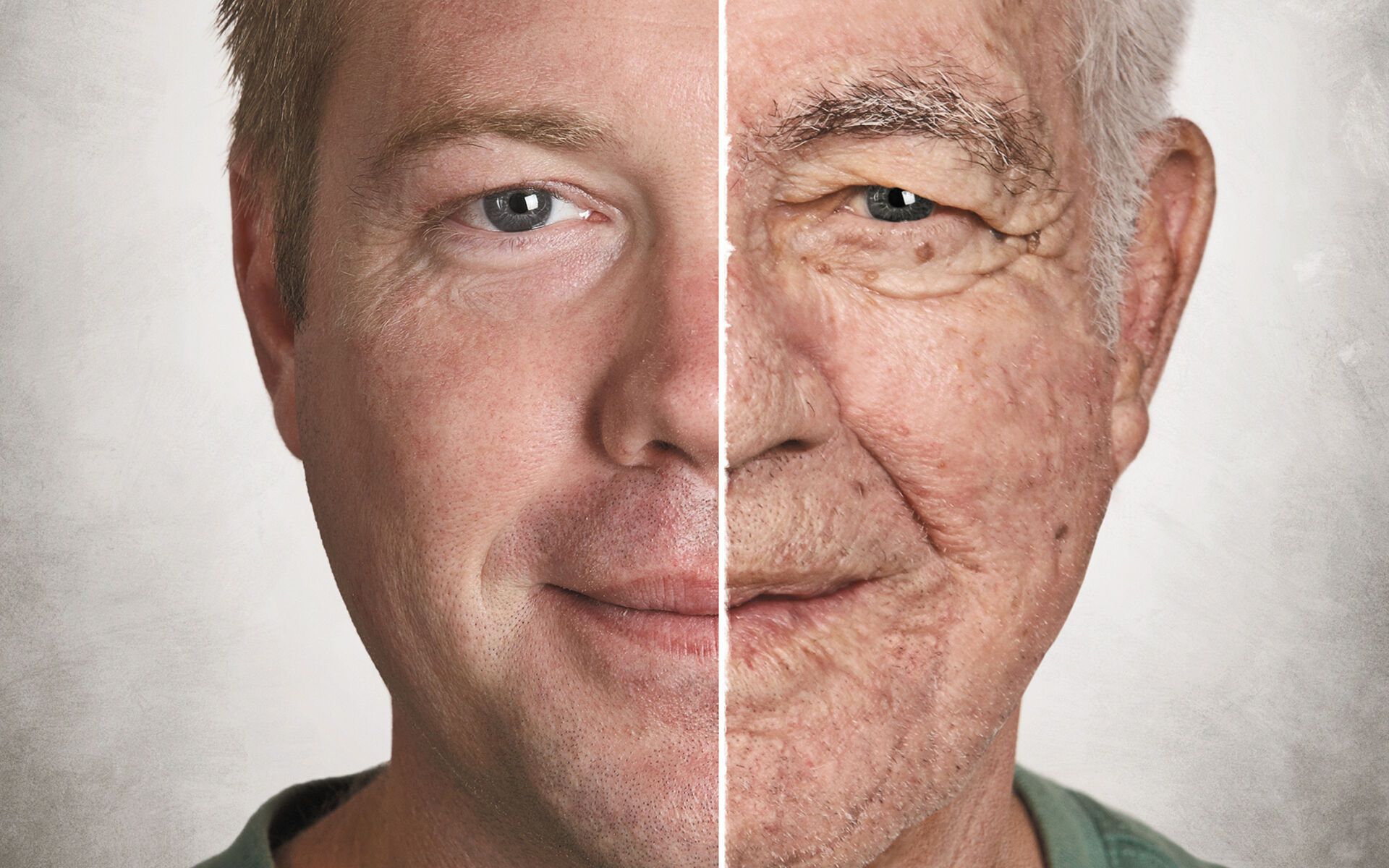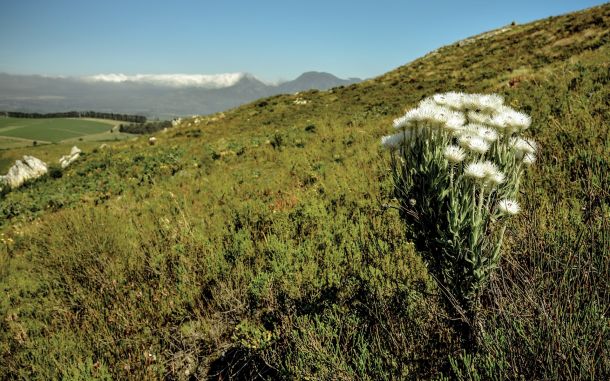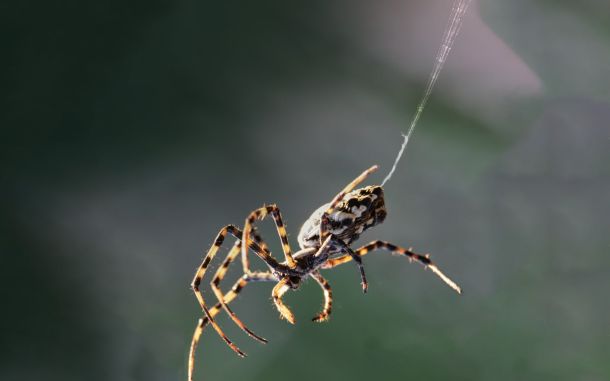Science Square (Issue 153)

In This Article
-
Forever young: boosting cell longevity with synthetic biology tools
-
Humidity may raise global heat stress
-
Fascinating feathers of an African bird
Forever young: boosting cell longevity with synthetic biology tools
Zhou et al. Engineering longevity-design of a synthetic gene oscillator to slow cellular aging. April 2023, Science.
Scientists discovered a new way to reprogram the cellular aging process using synthetic biology. A recent study showed that the lifespan of yeast cells can be increased by 82% by utilizing a biosynthetic clock to rewire the circuit controlling normal deterioration. Yeasts are single-celled microorganisms that have been used as a model for the aging of human cells. The team used microfluidics and time-lapse microscopy to track the aging processes across the yeast’s lifespan.
Scientists genetically rewired the yeast circuit that controls cell aging by engineering a negative feedback loop. This in turn resulted in a clock-like device, also named as “gene oscillator,” which drove the cell to periodically switch between two detrimental “aged” states, avoiding prolonged commitment to either and thus slowing degeneration. These molecular tweaks resulted in a dramatically extended cellular lifespan, setting a record for life extension through genetic and chemical manipulations. This study represents a proof-of-concept for a synthetic biology approach to reprogram the cellular aging process and lays the foundation for designing synthetic gene circuits to effectively promote longevity in humans. The team is currently focusing their research on the aging of diverse human cell types, including stem cells and neurons.
Humidity may raise global heat stress
Zhang K et al. Increased heat risk in wet climate induced by urban humid heat. April 2023, Nature.
As temperatures worldwide continue to rise, urban areas are facing increased heat stress and risks. 55% of the global population, 4.3 billion people, live in urban settings, and, unfortunately, many people in urban settlements do not have viable ways to mitigate extreme heat. It is estimated that by 2050, 80% of the world’s population will live in urban settings and be at risk of increased impact from heat. While cities tend to be warmer and drier than rural lands, in the global south, including Latin America, Africa, Asia and Oceania, humidity causes another complicating factor. Using observational data and climate model calculations, researchers found that that heat stress is highly dependent on local climate, and, surprisingly, humidity can also reverse the cooling effect that would come from trees and other vegetation. Green vegetation can lower air temperatures via water evaporation in some conditions, but it can also increase the heat burden in a local microenvironment because of air humidity. The study found that in wetter climates, the summer wet bulb temperatures in urban areas are 0.17 °C higher than in rural regions.
While this variation may look very small, it is enough to cause 2 to 6 extra dangerous heat-stress days per summer for urban residents in these climate conditions. With the projected increase in global temperatures, humidity may amplify the heat risks in cities of the global south. These findings had triggered further research to explore novel approaches to mitigate heat stress and combat a warming climate. Preliminary diagnostic analyses suggest that enhancing urban convection efficiency (the efficiency of dissipating heat and water) and reducing heat storage at night may reduce daytime and nighttime urban humid heat, respectively.
Fascinating feathers of an African bird
Mueller J. Structure and mechanics of water-holding feathers of Namaqua sandgrouse. April 2023, Journal of the Royal Society Interface.
Birds’ feathers are known to have an extraordinary ability to repel water. One particular pigeon-size bird, the Namaqua sandgrouse, has belly feathers that are incredibly efficient at absorbing and retaining water. A sandgrouse can fly over 20 kilometers from a remote watering hole back to their nests in the extreme temperatures of Africa. In a recent study, scientists shed light on how sandgrouse feathers have unique water-carrying abilities. Using high-resolution microscopes, 3D technology and a vast collection of sandgrouse belly feathers, they found that unlike typical bird feathers, which have a central shaft with smaller barbs and barbules extending from it, sandgrouse feathers have two distinct zones. In the inner zone, the barbules have a helically coiled structure close to their base, followed by a straight extension. In the outer zone of the feather, the barbules are straight and do not have the helical coil. The barbules in both zones form protective tent-like structures, and tiny tubular structures in each barbule facilitate capturing water. From an engineering perspective, Sandgrouse feathers offer exceptional bio-inspired designs. Future applications could include netting systems that collect and retain water harvested from dew or fog in areas affected by drought, such as in desert regions. Moreover, the water intake mechanisms of the feathers might influence future engineering designs that require controlled absorption, secure retention, and the easy release of liquids.









